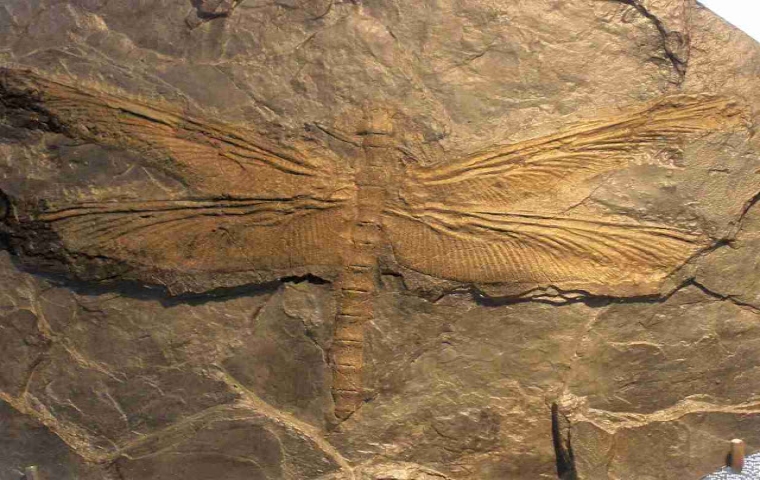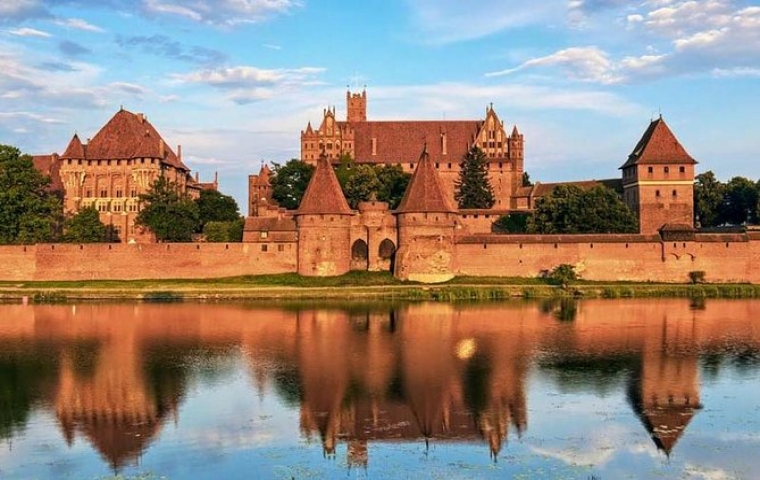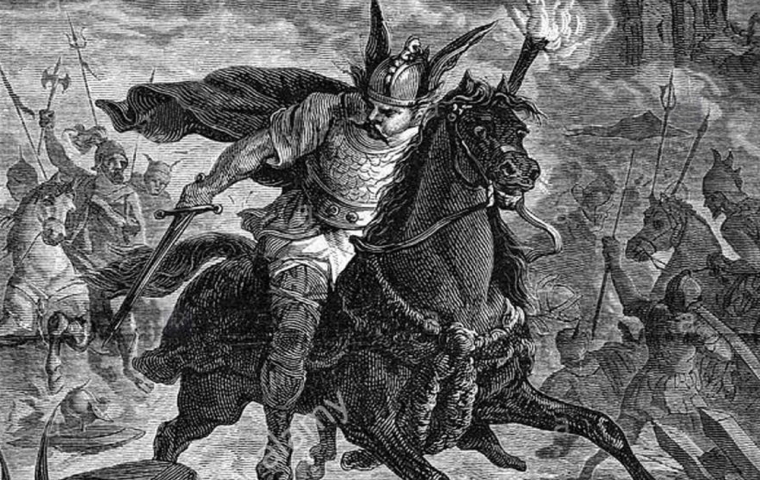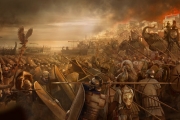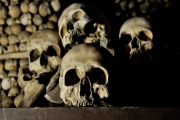What is the greatest Lebanese city throughout history?
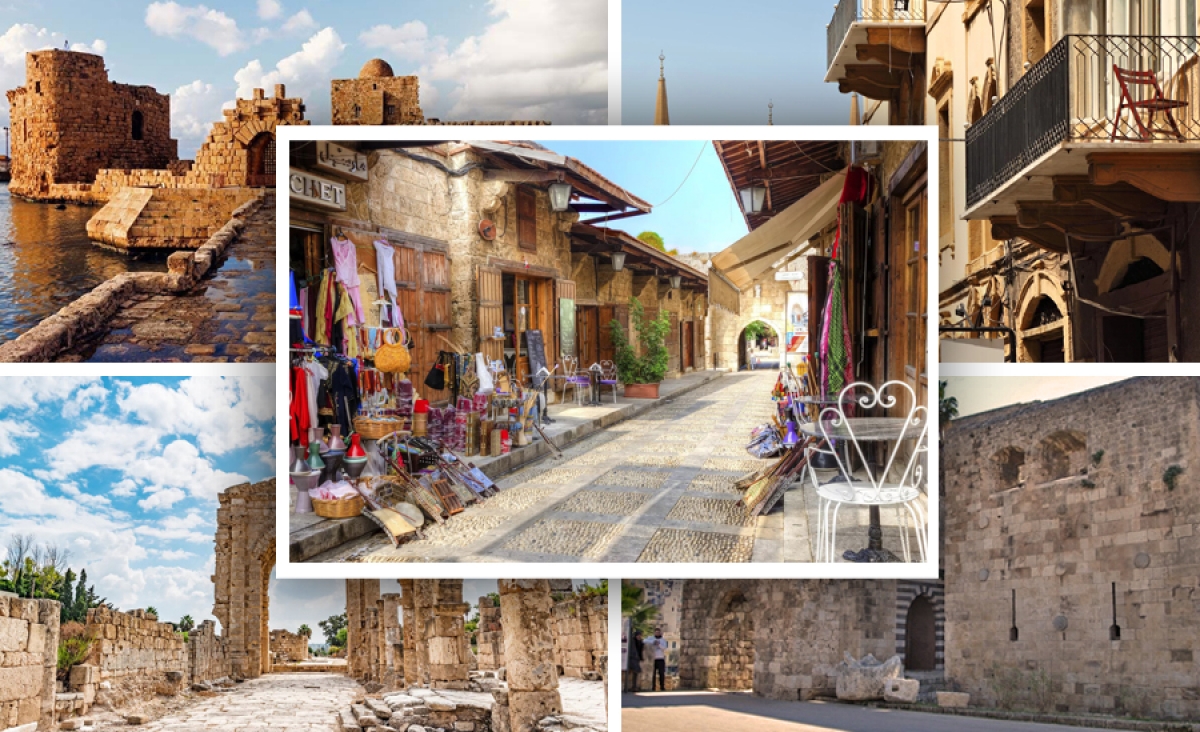
To read this article in Arabic, click here.
There is no doubt that the cities of Lebanon are rich in their long history throughout the ages. According to the British newspaper The Daily Telegraph, which published a list of The world's 20 oldest cities, Lebanon's Jbeil was second only to Palestinine's Jericho. The list included three more Lebanese cities: Beirut, Tyre and Sidon. Out of the 20 cities, four of them are Lebanese.
Among Lebanon's historic cities: Byblos, Beirut, Tyre and Sidon, in addition to Tripoli and Baalbek, which city has the greatest status in history? Which had the greatest impact in the ancient world down to our present?
To begin with, I will write down the most important historical cities in Lebanon and their most notable characteristics:
Byblos
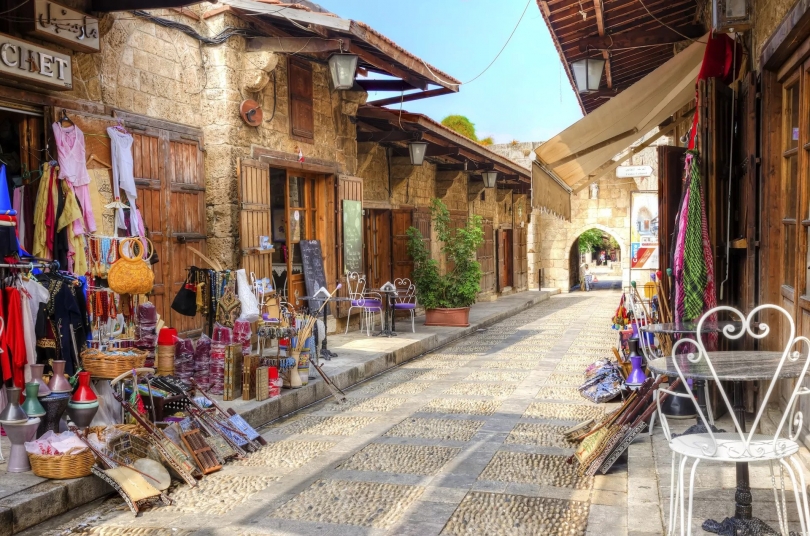
The oldest cities of Lebanon are probably the oldest in the world. Carbon-dating tests have set the earliest age of settlement at Byblos around 7000 BC, however it was not officially established as a city until sometime around 5000 BC.
By 3000 BCE the little village had grown to a prosperous city through trade. The cedars of Lebanon were highly prized by other countries for use in construction and Byblos became the single most important shipping port for timber to Egypt and elsewhere. Byblos was also the first city to perfect ship-building and it is largely due to the craftsmanship of the shipwrights of Byblos that Phoenicians acquired their fame as sailors and "princes of the sea" (as they are referred to in the biblical book of Ezekiel). It was primarily through trade with Egypt that Byblos grew so incredibly wealthy. The Egyptians flooded Byblos with material wealth but also with aspects of their culture and religion.
At its peak, Byblos was the most important and richest Phoenician city and the most important religious center of the peoples of the region. It is also attributed to the invention of the alphabet and most of the known Phoenician letters.
Sidon
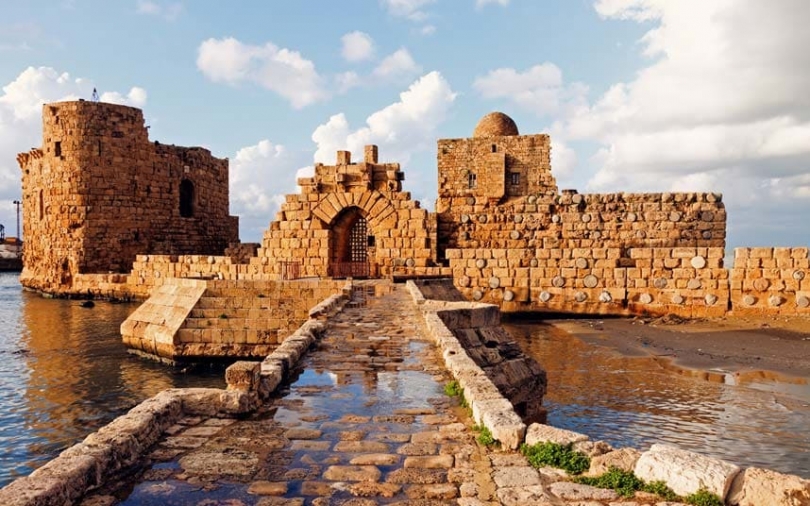
One of the oldest cities in the world, and the second oldest city of Lebanon after Byblos. Its ancient monuments include the Old City, the Sea Castle, Castle of St. Louis, the ports, Al-Omari Grand Mosque, the churches and the Khan el Franj and the ancient baths.
Sidon was the first fo have the leadership over the Phoenician cities and the maritime sovereignty. It had control over southern Lebanon, including Tyre, and retained its maritime sovereignty, as did Jbeil and Arwad in northern Lebanon. It also established colonies in Cyprus and North Africa.
At its peak in the late millennia and early first millennium BC, Sidon flourished and dominated the eastern basin of the Mediterranean for a period of time. But it lost its sovereignty in the twelfth century BC, after the invasion and destruction by the groups of Philistines. Homer praised the skill of its craftsmen in producing glass, purple dyes, and its women's skill at the art of embroidery.
Beirut
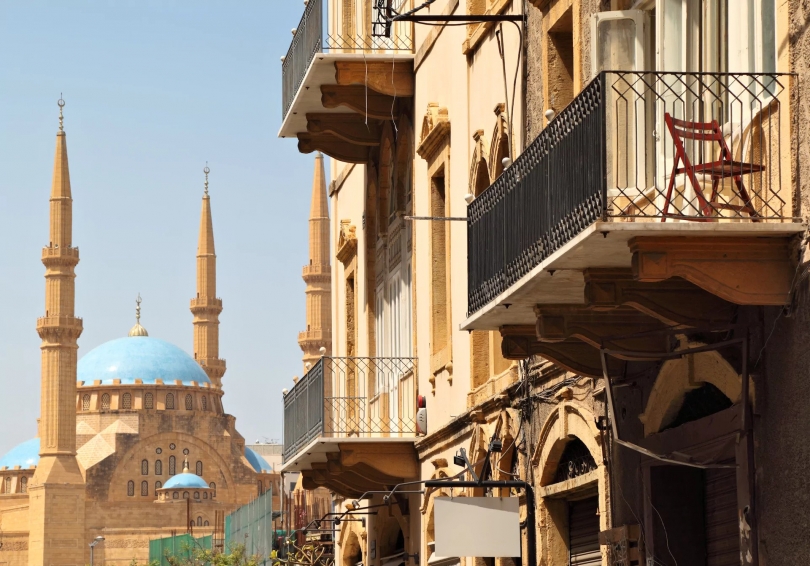
Its name derives from Phoenician Berot or Birut, a modification of the Canaanite and Phoenician word be'rot, meaning "the wells", in reference the site's accessible water table.
The Phoenicians called it the "city of God", "Glorious Beirut" and the "Flower of the East". The Romans called it the "Mother of Laws" because of the construction of the largest law school in the empire. The Ottomans referred to it as the "Precious Pearl". It was also known as Paris of the East during the 1960s and early 1970s, the era of Lebanon's economic boom.
Beirut was built by the people of Byblos 4000 years ago, but it reached its peak during the Roman Empire era. It was rebuilt according to the Roman architectural style. Temples, theaters, baths and luxurious government institutions were established. In 14 BC, during the reign of Herod the Great, Berytus became a Roman colony. Its law school was widely known; two of Rome's most famous jurists, Papinian and Ulpian, both natives of Phoenicia, taught there under the Severan emperors.
Tripoli
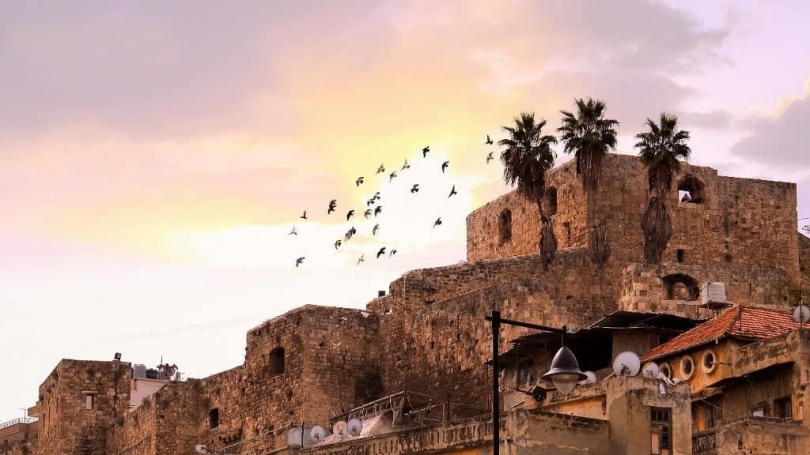
The name of the city is derived from the greek name "Tripolis" which means the three cities. The name dates back to the foundation of the union, the first of its kind in the world at the time, of the three ancient Phoenician cities: Tyre, Sidon and Aradus.
The importance of Tripoli began historically since it was chosen to be the center of this Phoenician union, before that it was just a small village.
Even though the history of Tripoli dates back to the ancient times, the city is famous for having the largest Crusader fortress in Lebanon (the Citadel of Raymond de Saint-Gilles), and it has the second largest amount of Mamluk architectural heritage on earth (behind Cairo).
Baalbek
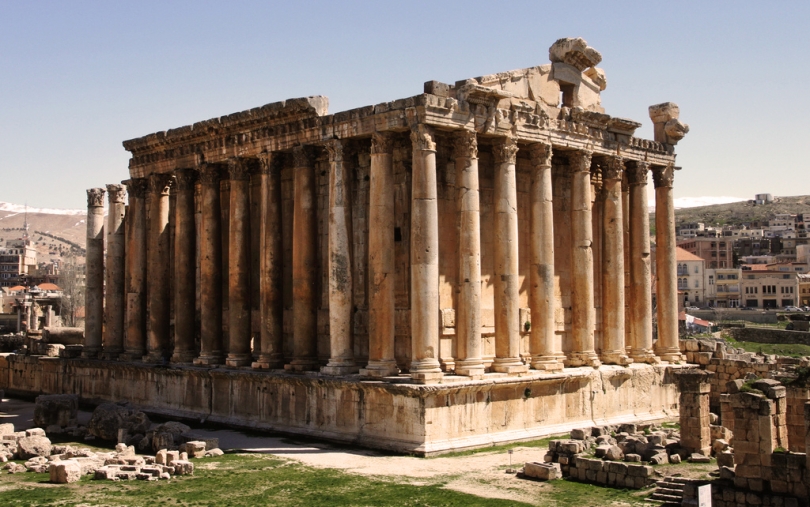
Baalbek is an ancient Phoenician city, that benefited from its location at the intersection of a number of ancient caravan roads that used to connect the Mediterranean coast to inland of Syria, and northern Syria to Palestine, to become an important commercial station and a religious pilgrimage site.
Like Beirut, Baalbek reached its peaked during the Roman era, and became in 47 BC a Roman colony by the order of Julius Caesar. It was chosen to be the site where the largest Roman structures are to be built, such as the temple of Bacchus, which reflected the wealth and power of the Roman Empire. The construction continued for over 200 years and was supervised by various Roman emperors.
Baalbek is known throughout history for the grandeur of its magnificent buildings, and its largest temple was once considered one of the seven wonders of the world. It was also the most important Phoenician city in the Bekaa Valley.
Tyre, the greatest city in Lebanon throughout history
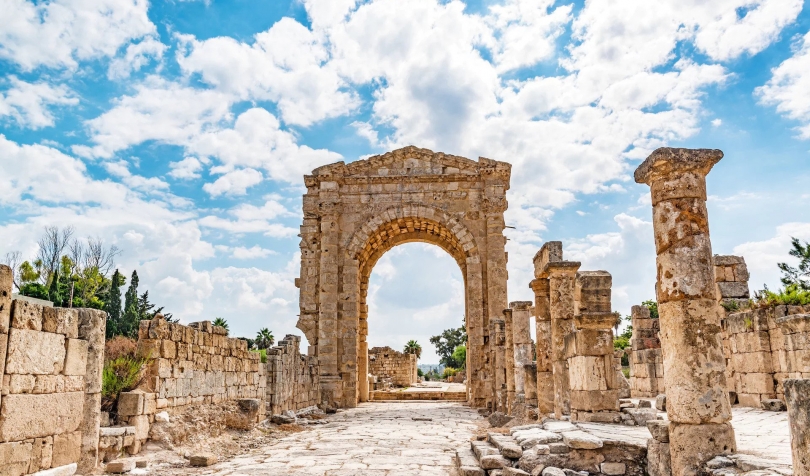
No matter how much has been said about this great city, it is still few. It is the kingdom of the seas, the famous city that was strong in the sea and its inhabitants have terrified all their neighbors (the Bible), the crowning city, whose merchants were princes, whose traffickers are the honourable of the earth (the Bible), the mother of all cities (Pliny the Elder), the Lady of the Seas and the center of the commercial world for many centuries (Nina Jidejian), surpassing all cities with the strength of its towers and walls, the most beautiful and the heroine of all the phoenician cities (Said Akl).
It is impossible for any city in the eastern Mediterranean to compete Tyre in its status and achievements in history, particularly the ancient times.
City Founding
The founding of Tyre dates back to the beginning of the third millennium BC. At that period, Tyre was a double village with one part built on the beach, and another built on a group of rock islands scattered in front the mainland. However its golden era was not reached until the first millenium BC. At the beginning of this period, around the 10th century BC, King Hiram accomplished a number of construction projects, connecting the islands with each other and filling part of the sea with the aim of expanding the area of the coastal city.
Tyre colonizes the Mediterranean Sea and founds Carthage
The city soon surpassed its narrow borders thanks to its merchants and sailors, who roamed the Mediterranean and reached the shores of the Atlantic. They established various colonies and commercial stations, including Carthage, which they founded around the year 815 BC.
Tyre brings civilization to Greece, and gives to Europe its name
The Phoenician merchants did not only spread their goods, but also spread their civilization. And they are credited to carry the Phoenician alphabet to the Greeks who return the favore by recording the stories of Cadmus, the king of Tyre, and the stories of his sister Europa who gave her name to the continent of Europe.
The Temple of Melqart in Tyre, the most beautiful in the eastern Mediterranean
The temple of Melcart of Tyre aroused the admiration of its neighbors and contemporaries. Historians refer to it as one of unmatched magnificence in the Eastern Mediterranean. It was said to have two great columns one of gold and the other covered with precious stones. Herodotus sang its praises when he visited Tyre.
In the reign of Hiram son of Abi Baal, the king of Tyre gave special attention to the places of worship. He renovated the oldest of them, and brought the cedar wood from the mountains of Lebanon to make their roofs, and rebuilt the temples of Melqart and Ashtar, and set up a column of gold in the temple of the Lord of the Skies.
Tyre builds the temple of Solomon in Jerusalem
Solomon wished to renew the relations that were between the king of Tyre and his father and to "build a house for the name of the Lord his God" with the help of Hiram, and asked him for "Cedars from Lebanon" and for "a wise man in the manufacture of gold and silver ... skillful in the sculpture"
Hiram sent him "a wise man, Huram Abi, the son of a woman of the daughters of Dan, and his father a skillful Tyrian in the manufacture of gold and silver, iron, copper, stones, wood, purple and esmangoli, linen and scarlet and the engraving every kind of purity..."
The Great Walls of Tire stand in the face of Nebuchadnezzar Nasr
Tyre's properity soon brought her trouble. In the 6th century BC, the Babylonian king Nebuchadnezzar Nasr tried to conquer the city, but its strong walls prevented him from doing so. He besieged it for thirteen years without its surrender.
Tyre refuses to submit to Alexander the Great
In 332 BC Alexander the Great besieged the city of Tire for seven months because it refused to submit to him, like other Phoenician cities. Since the Macedonian king wanted to occupy Egypt, he could not strategically leave behind a city of resistance, which was one of the greatest harbors working for the Persians, threatening his project by cutting off sea and land supplies from his armies. Therefore he destroyed the land part and bridged the strait that separates it from its marine part, thereby creating a bridge enabling his armies to reach and occupy the island.
It is said that Alexander's rage against Tyre's resistance and the losses he suffered drove him to destroy half of the maritime city, kill its men and put into captivity the women and children.
End of the Golden Age
Almost three centuries after the conquest of Alexander, Tyre was under Roman rule, like the other Phoenician cities. In those days, however, it managed to retain self-management, especially the right of silver and bronze coinage. In the Roman era, a number of important installations were established, such as aqueducts, the triumphal arch, and the chariot racing stadium, one of the largest in the Roman world.
The Largest Insect Ever Existed Was a Giant 'Dragonfly'
Weird History 'Meganeura' Was A Prehistoric Dragonfly With A Two-Foot Wingspan.
10 Largest Castles in the World
The largest castles in the world in terms of area.
What if Attila Survived his Wedding Night?
What if Attila hadn't died in 453 AD? How his survival would have transformed the fate of the Roman Empire and all of Europe?




